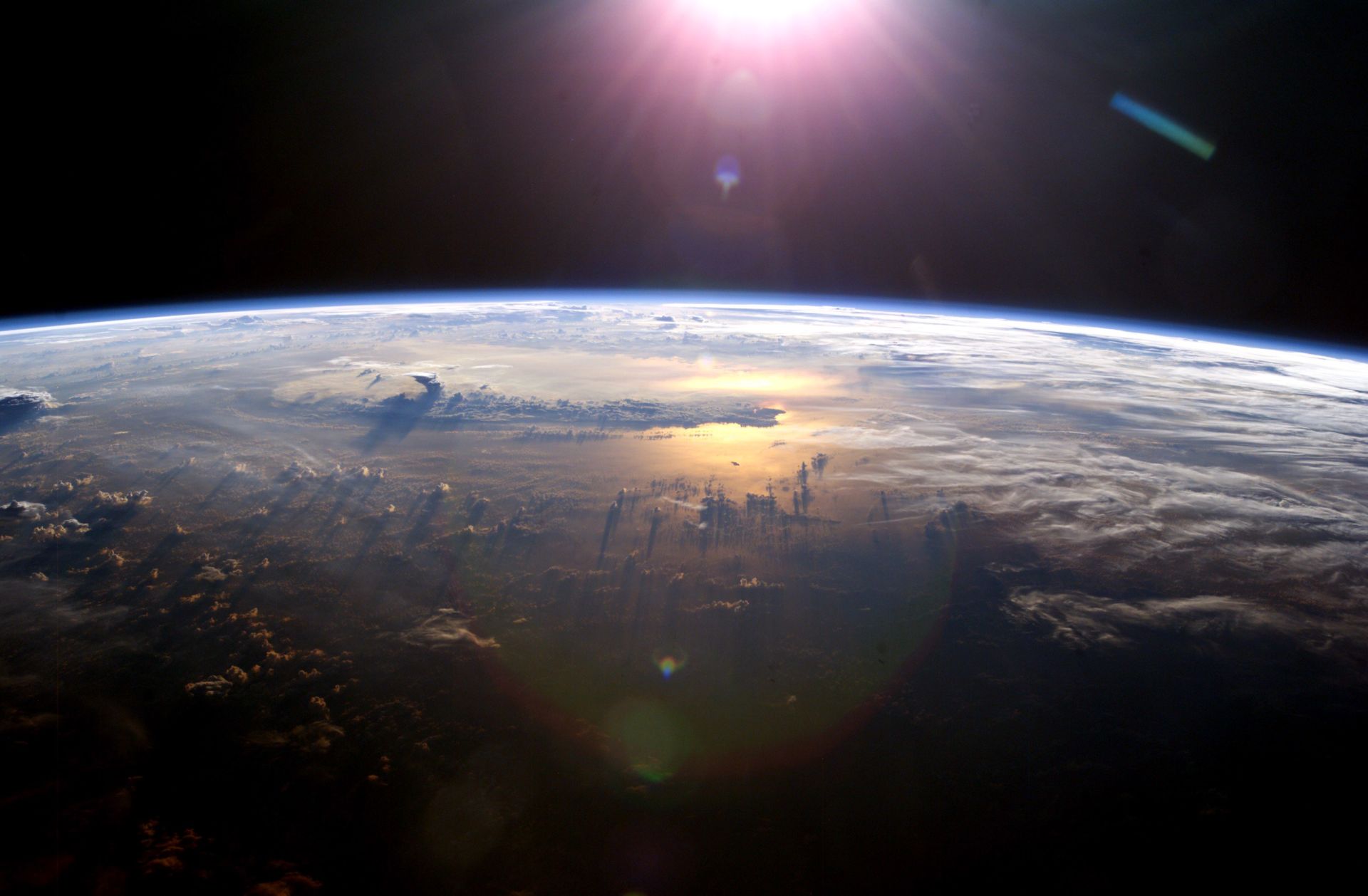Our frozen worlds educator guide. Terrestrial planets have a core of iron and rock. Increased (went up) by 100%. Carrying capacity is the maximum number of a species an environment can support . In other words, there is a carrying capacity for human life on our planet.

What is all life in the arctic and antarctic governed by?
Our frozen worlds educator guide. David attenborough examines the frozen worlds of the arctic and antarctic. What is all life in the arctic and antarctic governed by? Debate the ethics of sending earth life to other worlds. What has happened to wildlife populations, on average, over the last 50 years? While the solid planets and moons in our solar. Some gases like co2 and methane trap heat from the sun in our atmosphere. The light every day and keeps our planet warm. Carrying capacity is the maximum number of a species an environment can support . Increased (went up) by 100%. Solar system consists of our sun, planets, dwarf planets (smaller planets), moons, asteroids, comets, meteoroids, and a host of frozen worlds beyond neptune . The more of these gases in the atmosphere, the warmer the climate becomes. A worksheet for students to do whilst watching the our planet documentary frozen worlds episode (season 1, episode 2).
Increased (went up) by 100%. Terrestrial planets have a core of iron and rock. Carrying capacity is the maximum number of a species an environment can support . Solar system consists of our sun, planets, dwarf planets (smaller planets), moons, asteroids, comets, meteoroids, and a host of frozen worlds beyond neptune . Caps at the poles are water, forever frozen.

While the solid planets and moons in our solar.
Dent to answer question 1 about what one. Our frozen worlds educator guide. Terrestrial planets have a core of iron and rock. Caps at the poles are water, forever frozen. A worksheet for students to do whilst watching the our planet documentary frozen worlds episode (season 1, episode 2). Some gases like co2 and methane trap heat from the sun in our atmosphere. The more of these gases in the atmosphere, the warmer the climate becomes. In other words, there is a carrying capacity for human life on our planet. Carrying capacity is the maximum number of a species an environment can support . David attenborough examines the frozen worlds of the arctic and antarctic. Based on the bbc planet earth dvd. While the solid planets and moons in our solar. Solar system consists of our sun, planets, dwarf planets (smaller planets), moons, asteroids, comets, meteoroids, and a host of frozen worlds beyond neptune .
Dent to answer question 1 about what one. A worksheet for students to do whilst watching the our planet documentary frozen worlds episode (season 1, episode 2). While the solid planets and moons in our solar. Our frozen worlds educator guide. Based on the bbc planet earth dvd.

While the solid planets and moons in our solar.
Dent to answer question 1 about what one. David attenborough examines the frozen worlds of the arctic and antarctic. Carrying capacity is the maximum number of a species an environment can support . Terrestrial planets have a core of iron and rock. The more of these gases in the atmosphere, the warmer the climate becomes. Some gases like co2 and methane trap heat from the sun in our atmosphere. Caps at the poles are water, forever frozen. A worksheet for students to do whilst watching the our planet documentary frozen worlds episode (season 1, episode 2). What has happened to wildlife populations, on average, over the last 50 years? Based on the bbc planet earth dvd. Increased (went up) by 100%. The light every day and keeps our planet warm. In other words, there is a carrying capacity for human life on our planet.
Our Planet Frozen Worlds Worksheet Answers - Educator Guide Frozen Formula A Pi In The Sky Math Challenge Nasa Jpl Edu /. Carrying capacity is the maximum number of a species an environment can support . While the solid planets and moons in our solar. A worksheet for students to do whilst watching the our planet documentary frozen worlds episode (season 1, episode 2). Some gases like co2 and methane trap heat from the sun in our atmosphere. David attenborough examines the frozen worlds of the arctic and antarctic.
In other words, there is a carrying capacity for human life on our planet our planet worksheet. Based on the bbc planet earth dvd.

0 Comments for "Our Planet Frozen Worlds Worksheet Answers - Educator Guide Frozen Formula A Pi In The Sky Math Challenge Nasa Jpl Edu /"